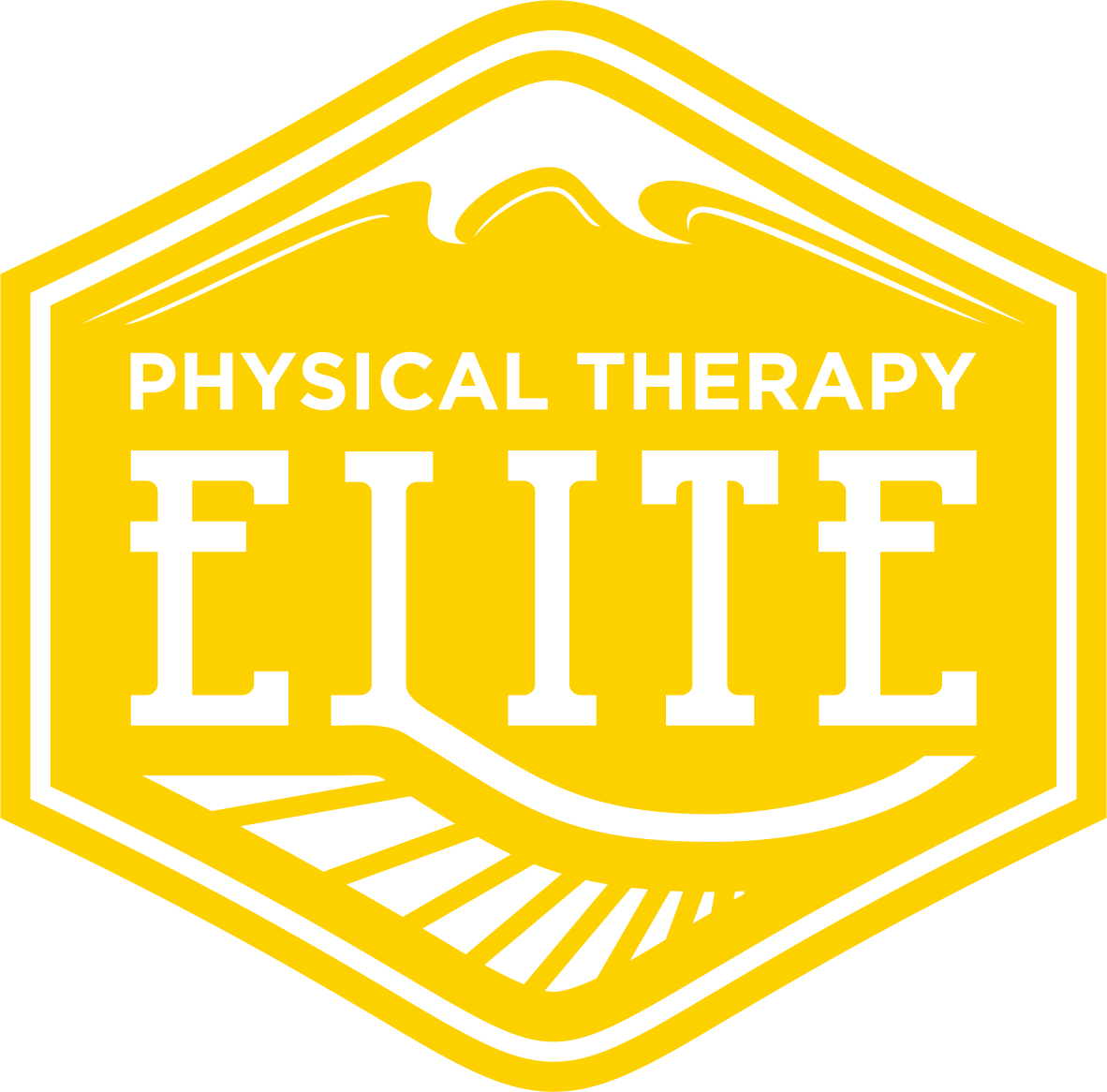In Part 1 of this series, we discussed the various factors at play when an injury occurs and how long it take for the tissue to heal. We specifically addressed ligaments and tendons.
Now, Part 2: Muscle Strains
Muscle strains have a similar grading system to tendons and ligaments (Grade 1 - overstretch, Grade 2- partial tear, Grade 3 - complete tear). Muscle tissue is elastic and therefore can sustain loading a bit better as it has more give, however, this adds an additional element. Muscle tissue is contractile in nature - as it must lengthen and shorten to produce movement at various speeds and under varying loads.
The scar tissue that forms after a muscle injury is NOT elastic like the original muscle fibers. Nor do the scar tissue fibers align in a nice parallel fashion the way the muscle fibers do. Imagine a dense cobweb. This is what scar tissue looks like. It is very strong but can be restrictive. This is often why hamstring strains for example become so chronic (happen over and over). The muscle is “pulled”, scar tissue forms causing a restricted mass, the muscle loses elasticity and when the athlete goes to run or sprint again the dense cobweb is forced to pull a part causing re-injury.
This is why soft tissue work is so important! Again, manual therapy and massage can align the scar tissue so that it is continuous with the surrounding muscle fibers. This is most important immediately after injury - softening and aligning the scar tissue before it stiffens and becomes compacted. Often times the tendency is to stretch after pulling a muscle but this is actually detrimental as it places more strain on already over-stretched muscle fibers.
Muscle tissue has a good blood supply and therefore good healing potential. When there is no tearing of the fibers, recovery from a Grade 1 strain (with proper care) can be 2 weeks or less. A Grade 2 may extend to 4 weeks before full recovery is made. A Grade 3 is often between 4 and 6 weeks.
Again, healing times are based on severity of injury, age and general health of the tissue, as well as how immediately proper care is applied (i.e. ice, compression, manual therapy and massage).
Up next, bone injuries - discussion of bone structure, the different types of fractures, and what determines healing.


